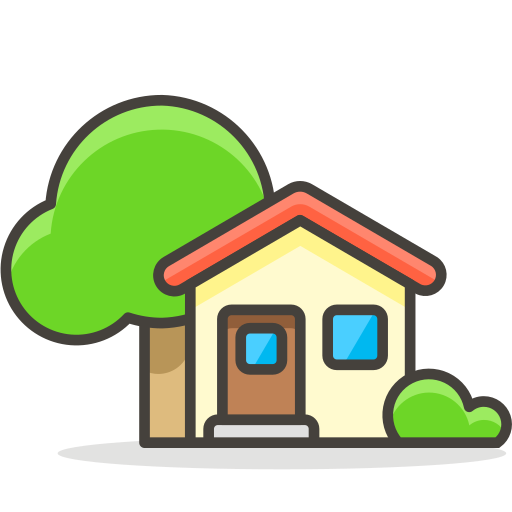Part 1: The Smart Home Awakening – How Intelligent Appliances Are Changing the Way We Live
The Dawn of a New Domestic Era
It used to seem like science fiction to have a vacuum cleaner that could map your house or to be able to communicate with your refrigerator. It’s just a part of life now. Smart appliances are rapidly becoming commonplace in homes all over the world and are no longer considered a luxury. These smart gadgets do more than just carry out tasks; they also learn from our actions, adjust to our schedules, and make our lives more sustainable and productive.
We are using technology to help control the chaos as modern life speeds up. Smart appliances are changing the way people live at home, from using your phone to control ovens to having your laundry suggest detergent levels. Beyond convenience, however, this change is completely altering the way we think about comfort, energy use, family relationships,
What Defines a Smart Appliance?
Before diving deeper, let’s define what makes an appliance “smart.” It’s not just about being digital or connected to Wi-Fi. A true smart appliance features:
-
Connectivity: Ability to sync with smartphones, tablets, or home networks.
-
Automation: Functions that adjust or trigger based on preset rules or learned behaviors.
-
Data Feedback: Information gathering for diagnostics, maintenance alerts, or user habits.
-
Integration: Seamless compatibility with broader smart home ecosystems (e.g., Google Home, Amazon Alexa, Apple HomeKit).
-
Remote Control: Operable from anywhere in the world via app or voice.
These attributes enable appliances to become more than tools — they become collaborators in household management.
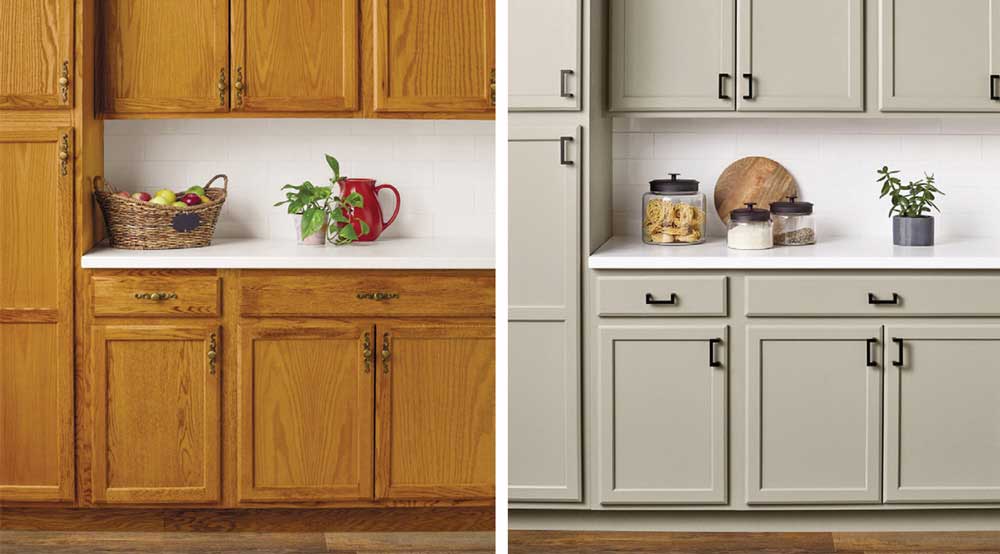
Mastering Kitchen Design: Space, Style, and Smart Appliances for Your Home
Smart Homes Are Booming — The Data Speaks
Let’s look at the statistics that reflect this explosive growth:
| Year | Global Smart Appliance Market Value | Annual Growth Rate |
|---|---|---|
| 2020 | $32.7 Billion | 15.5% |
| 2022 | $47.4 Billion | 18.2% |
| 2024 | $73.2 Billion (estimated) | 20.6% |
| 2030 | $188.5 Billion (projected) | 22.1% |
Source: Statista
This trend isn’t just for tech enthusiasts or new construction; smart dishwashers, washers, HVAC systems, and other appliances are also being retrofitted into older homes.
How We Got Here: A Brief Timeline of Smart Appliance Evolution
-
1990s: The first “connected” appliances appear — expensive, bulky, and unreliable.
-
2000s: Wi-Fi and mobile phone proliferation lays the groundwork for smarter systems.
-
2010–2015: Major brands (Samsung, LG, Whirlpool) launch early smart fridges and ovens.
-
2016–2020: AI-powered assistants like Alexa and Google Home accelerate adoption.
-
2021–Present: Mass-market affordability meets AI-enhanced personalization.
Appliances can now anticipate your behavior, suggest energy-saving settings, and even automatically notify customer support when they identify problems.
Emotional and Practical Impact on Daily Life
What sets smart appliances apart isn’t just convenience — it’s the way they emotionally connect with our routines:
-
Peace of Mind: A smart oven that auto-shuts off after you leave the house.
-
Time Recovery: Robotic vacuums freeing up hours of your week.
-
Health Awareness: Smart refrigerators tracking food freshness and suggesting healthy recipes.
-
Energy Efficiency: Real-time feedback on water/electricity usage.
As homes become more intelligent, they also become more empathetic — attuned to our stress levels, our needs, and our aspirations for simplicity and sustainability.
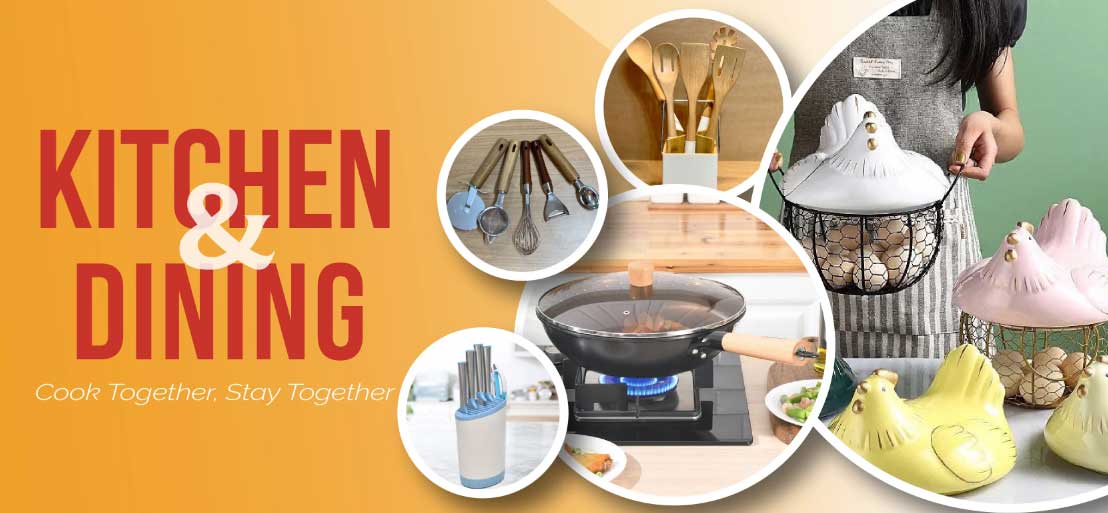
Mastering Kitchen Design: Space, Style, and Smart Appliances for Your Home
Popular Smart Appliance Categories in 2024
Let’s break down the most common categories that consumers are investing in:
-
Smart Refrigerators
-
Touchscreens, cameras, food inventory, expiration notifications.
-
-
Smart Washing Machines & Dryers
-
Auto-sensing cycles, detergent dispensing, remote start.
-
-
Smart Dishwashers
-
Custom cycles based on load, leak detection, app notifications.
-
-
Smart Ovens & Microwaves
-
Voice control, recipe syncing, preheating from your car.
-
-
Smart HVAC Systems
-
Adaptive temperature control, air quality monitoring.
-
-
Smart Lighting & Plugs
-
Energy tracking, motion sensors, scheduling.
-
-
Robot Vacuums & Mops
-
Mapping, voice commands, room targeting.
-
-
Smart Water Heaters
-
Usage monitoring, leak prevention, remote temperature control.
-
Why Consumers Are Embracing the Shift
The rise of smart appliances isn’t a gimmick — it’s a reflection of changing lifestyles and priorities. Several key factors are driving this rapid adoption:
-
Remote Work Revolution: With more time at home, comfort matters more.
-
Environmental Awareness: Households want to track and reduce energy consumption.
-
Aging Population: Seniors benefit from remote monitoring and automation.
-
Parental Needs: Smart baby monitors and kitchen appliances make life easier for young families.
-
Post-Pandemic Hygiene Focus: Touchless controls and self-cleaning systems are in high demand.
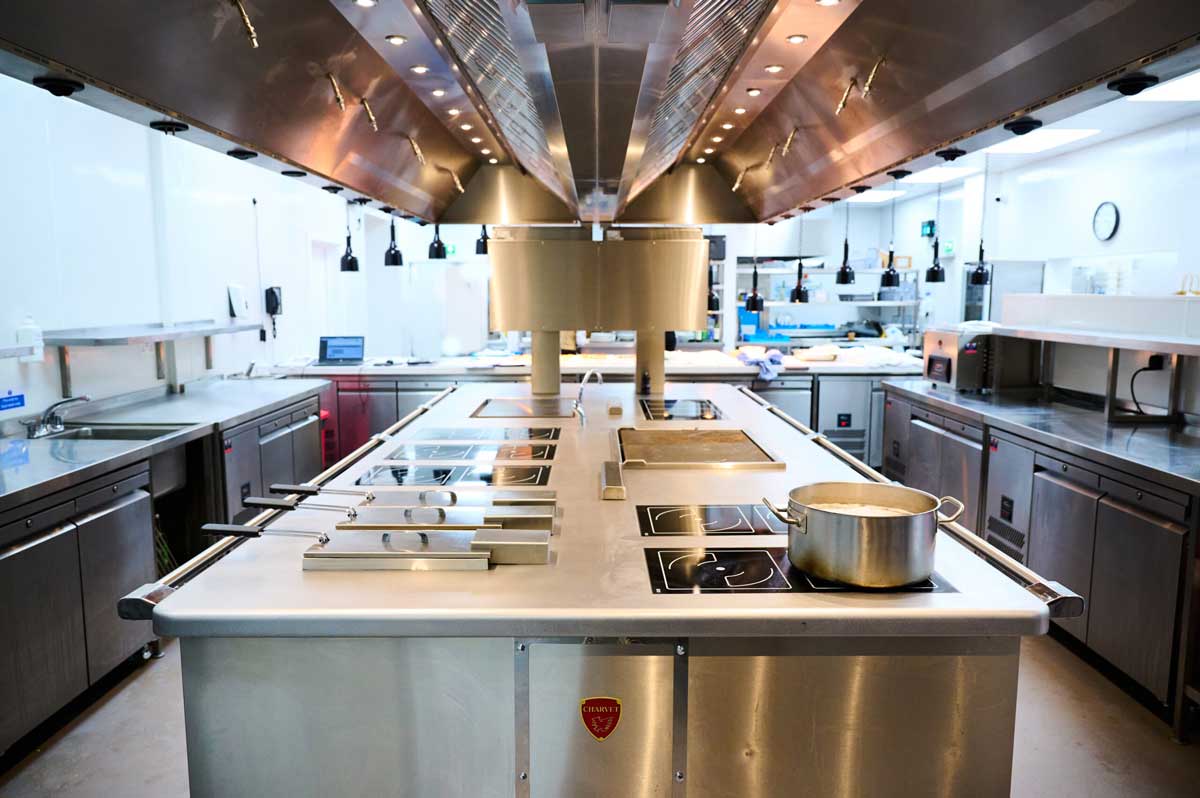
Mastering Kitchen Design: Space, Style, and Smart Appliances for Your Home
Real-Life Scenarios: How Smart Appliances Save the Day
Scenario 1: Your partner is already hungry and you are stuck in traffic on your way home from work. To ensure the oven is ready when you get there, you turn on your phone and preheat it.
Scenario 2: You forgot to turn on the dryer on laundry day. No worries, you’ll receive a reminder from your washing machine. It transfers cycles remotely with a few taps.
Scenario 3: Your refrigerator warns you that your milk is going bad and offers a smoothie recipe that you can make with other items you already have.
These aren’t distant possibilities — they’re real features in real homes, today.
Challenges and Concerns Still Remain
Of course, the shift isn’t without its downsides or fears. Common concerns include:
-
Privacy and Data Security: Can your fridge track your habits too closely?
-
Device Compatibility: Do all your appliances work together or require different apps?
-
Tech Fatigue: Are we losing our manual touch and becoming too reliant on automation?
-
Upfront Costs: Smart appliances often cost 20–30% more than standard versions.
Despite these concerns, the momentum remains strong as manufacturers continue to address these barriers.
A Glimpse Ahead: What’s Next in Smart Appliances
The future isn’t just more connectivity — it’s deeper intelligence and human-centric design:
-
Emotional AI: Devices that respond to tone of voice, facial expression, or stress levels.
-
Predictive Maintenance: Fixing itself before anything breaks.
-
Self-Learning Systems: Adapting to seasonal changes or guest routines.
-
Universal Integration: One unified dashboard for every home function.
As we continue this evolution, homes won’t just be places we live — they’ll be partners in living.

Mastering Kitchen Design: Space, Style, and Smart Appliances for Your Home
The Smart Takeover: Everyday Appliances, Extraordinary Transformation
The Kitchen Reimagined
The days when your oven only heated food or your refrigerator only kept it cold are long gone. These once-routine devices are becoming dieticians and culinary assistants thanks to smart kitchen appliances.
Smart Refrigerators
Equipped with internal cameras, touchscreen displays, and Wi-Fi connectivity, smart fridges now:
-
Let users see inside without opening the door via smartphone apps.
-
Track expiration dates and suggest recipes based on what’s available.
-
Sync with online shopping platforms for automatic grocery reordering.
Example: The Samsung Family Hub not only displays your schedule but also enables voice control, entertainment streaming, and food management—all in one central appliance.
Connected Ovens & Microwaves
Voice-controlled or app-based ovens are redefining multitasking in the kitchen. You can:
-
Preheat your oven while commuting.
-
Get real-time cooking progress updates.
-
Rely on AI-based temperature and timing adjustments.
Smart Coffee Makers & Blenders
Appliances like the Smarter Coffee or Vitamix smart blenders let users:
-
Program brewing times.
-
Adjust settings remotely.
-
Track nutrition intake based on ingredients.
Backlink: Consumer Reports on Smart Kitchen Appliances
Living Room Intelligence: Comfort Meets Control
The living room, traditionally a place for relaxation, is now a hub of tech-enabled comfort.
Smart TVs & Entertainment Systems
From LG’s AI-enhanced OLEDs to Samsung’s voice-integrated screens, Smart TVs:
-
Offer voice search across streaming platforms.
-
Learn viewing habits and offer personalized suggestions.
-
Connect to other smart devices like lighting and thermostats.
Air Purifiers and Humidifiers
Modern air quality devices now:
-
Detect pollutants in real time.
-
Adjust settings automatically.
-
Alert users when filters need changing.
Case Study: Smart air purifiers saved lives during California’s wildfire season by alerting homeowners to rising PM2.5 levels before they were even perceptible to the naked eye.

young-slim-beautiful-woman-in-kitchen-making-breakfast-on-pan-sexy-housewife-sensual-dinning-room-household-appliances-skinny-body-tanned-skin-photo
Smart Laundry Systems: More Than Just Clean Clothes
Washer-Dryer Combos with AI Integration
Brands like LG and Whirlpool have introduced laundry machines that:
-
Sense fabric type and soil level.
-
Suggest wash cycles for optimal cleaning.
-
Monitor energy consumption and provide maintenance alerts.
Energy Efficiency Table
| Appliance Type | Traditional Energy Use (kWh/year) | Smart Version Energy Use (kWh/year) | Efficiency Gain |
|---|---|---|---|
| Refrigerator | 600 | 400 | 33% |
| Washer | 400 | 270 | 32.5% |
| Dishwasher | 300 | 180 | 40% |
Source: EnergyStar & EPA reports
Safety & Security: Silent Guardians
Smart appliances are not just about convenience—they’re about protection too.
Smart Smoke and Gas Detectors
Unlike traditional alarms, smart versions:
-
Send alerts to smartphones instantly.
-
Provide specific information (e.g., location of the danger).
-
Connect to HVAC systems to shut down air circulation and contain hazards.
Smart Locks & Entry Systems
-
Enable remote locking/unlocking.
-
Provide real-time access logs.
-
Integrate with video doorbells for a complete security overview.
Real Story: A family in Florida credits their smart stove and smoke detector for automatically shutting off gas and alerting them to a potential fire—while they were 100 miles away.
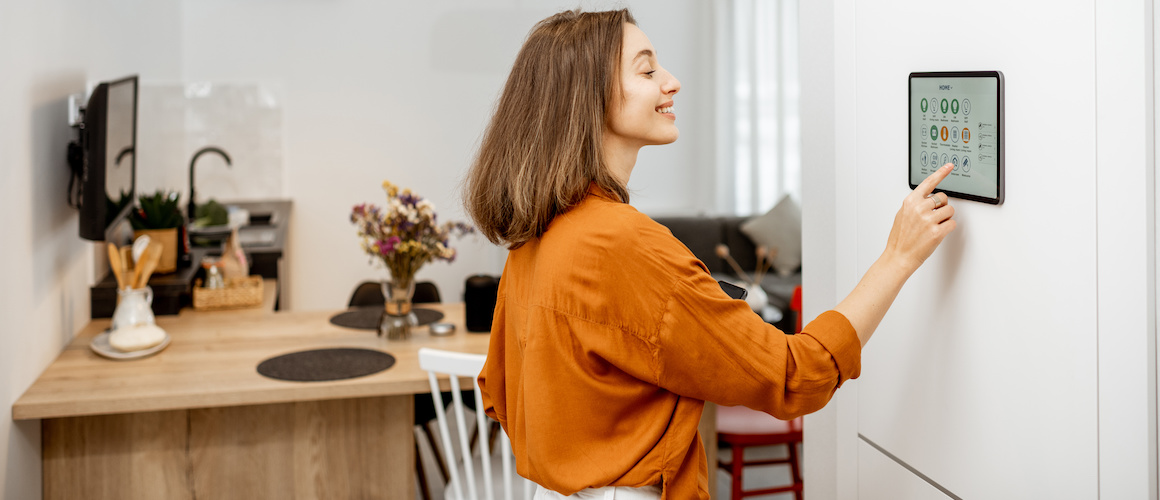
Young woman controlling home with a digital touch screen panel installed on the wall in the living room. Concept of a smart home and mobile application for managing smart devices at home
Health & Wellness with Smart Tech
Health-oriented smart appliances are transforming wellness routines into automated experiences.
Smart Scales & Fitness Mirrors
-
Measure body composition, hydration, and trends over time.
-
Sync with fitness apps and provide recommendations.
-
Offer live fitness classes and personalized coaching via mirrors like Tonal and Mirror.
Water Filtration & Leak Detection Systems
-
Monitor water quality in real time.
-
Alert users about potential pipe bursts or contamination.
-
Shut off valves remotely to prevent flooding.
Environmental Impact: Conscious Living via Automation
Smart appliances play a significant role in reducing environmental footprints.
Energy Monitoring & Automation
-
Devices track power usage and offer efficiency suggestions.
-
Integration with solar panels and energy storage units.
-
Timed usage based on peak and off-peak hours to save on bills.
Backlink: Energy.gov Guide to Smart Appliance Savings
What Happens When Everything Connects?
Their interoperability reveals the real potential of smart appliances. When your oven can communicate with your calendar, your refrigerator can communicate with your oven, and your thermostat can adapt to your sleep schedule, everything becomes smooth.
This globalized world is not only opulent; it is revolutionary. It encourages a safer, smarter, and healthier way of living while empowering people and making the most of available resources.
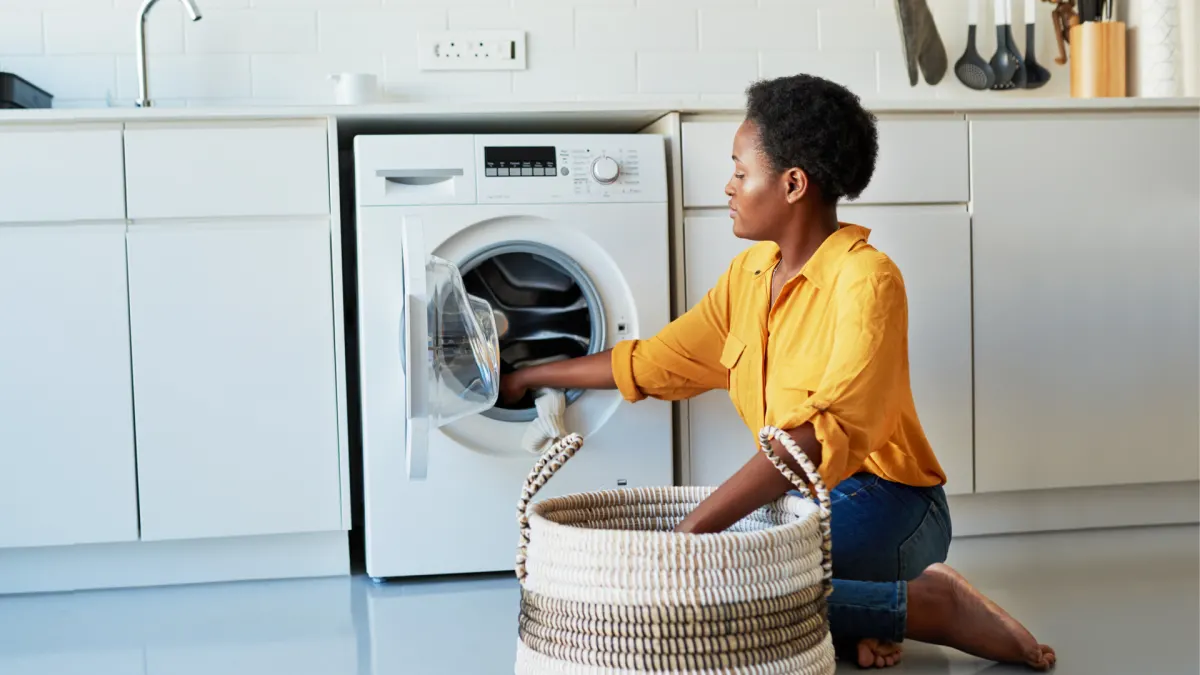
Laundry Day Made Easy: Must-Have Appliances and Hacks for Every Home
Smart Appliances and Human Well-Being: A Deeper Connection
The Role of Smart Appliances in Physical and Mental Health
These days, smart home appliances are directly improving human well-being rather than merely automating tasks. Technology has become increasingly integrated with personal health, from refrigerators that recommend nutritious meals based on your dietary preferences to sleep-monitoring beds and stress-relieving lighting systems.
Example:
-
Smart air purifiers help combat allergies, asthma, and other respiratory issues by constantly adapting to indoor air quality conditions.
-
Smart mattresses adjust firmness and temperature, improving sleep cycles and reducing back pain.
This shift means smart appliances are not only increasing convenience but also becoming subtle, everyday caretakers.
Elderly and Assisted Living Solutions
Elder care is changing as a result of smart home technology. AI-powered fall detectors, motion sensors, and automatic stove shut-off valves give seniors greater independence and peace of mind to their families.
Some top-use scenarios include:
-
Voice assistants helping those with arthritis or visual impairments.
-
Medication reminder systems that alert users when it’s time to take pills.
-
Smart toilets that monitor vital signs like glucose levels or dehydration indicators (already in testing in Japan and Germany).
The Economics of Smart Appliances: Cost vs. Value
Are Smart Appliances Worth the Investment?
A common concern for households is whether smart appliances justify their higher initial costs. Let’s break this down.
Table: Smart Appliance ROI Comparison
| Appliance Type | Average Price (Smart) | Traditional Price | Energy Savings per Year | Estimated Payback Period |
|---|---|---|---|---|
| Refrigerator | $2,200 | $900 | $150 | 8.7 years |
| Washing Machine | $1,200 | $500 | $80 | 8.7 years |
| Dishwasher | $1,000 | $400 | $50 | 12 years |
| Thermostat | $250 | $40 | $130 | 1.6 years |
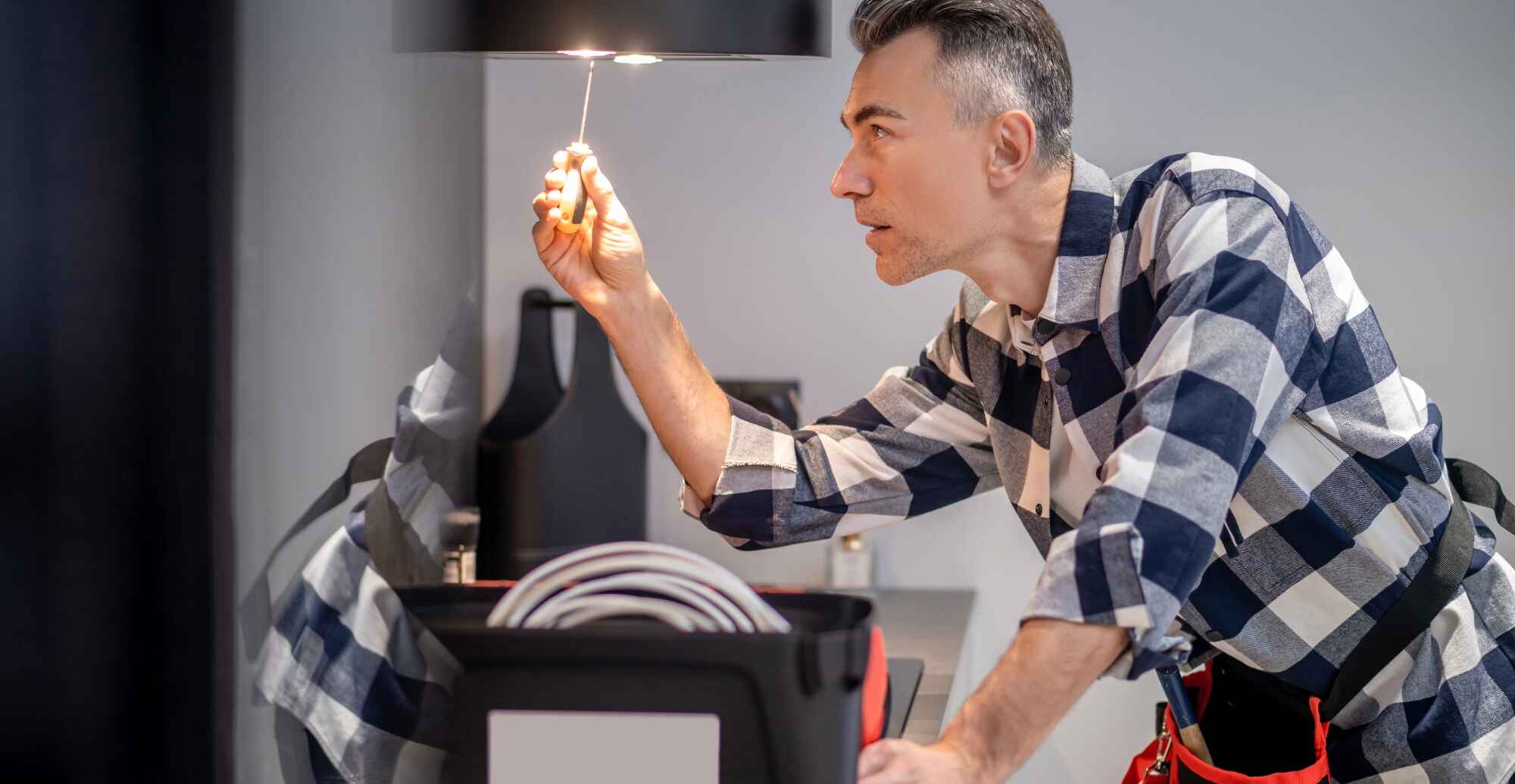
Telford-Appliance-Repair-Services
Even though they cost more up front, many smart appliances save money over time by using less water, using less energy, and requiring less maintenance.
Smart Grid Integration and Energy Cost Optimization
Many new appliances are built to communicate with smart grids. For example:
-
They can delay energy-intensive cycles to off-peak hours.
-
Some cities offer real-time incentives for lowering consumption based on grid signals (e.g., demand response programs in California and New York).
Security and Privacy Considerations
Common Risks
Smart devices connected to your network can pose privacy risks if not configured correctly. The most common issues include:
-
Data interception
-
Unencrypted storage
-
Unauthorized access
How to Protect Your Smart Home
-
Secure your network: Use WPA3 encryption and change default device passwords.
-
Use a dedicated IoT network: Segment smart appliances from personal devices (laptops, phones).
-
Regularly update firmware: Most breaches target outdated systems.
-
Enable two-factor authentication (2FA) wherever available.
What, Why, When, Where, and How of Smart Appliances
What makes smart appliances “smart”?
They are equipped with sensors, automation algorithms, Bluetooth and Wi-Fi connectivity, and app integration. To adjust to your behavior, some even employ machine learning.
Why are smart appliances a growing trend?
because they improve safety and health while saving time and energy. They are in complete harmony with the growing demand for convenience and environmental awareness.
When should you upgrade to smart appliances?
Consider upgrading during:
-
Renovations
-
Appliance failure
-
Seasonal sales (like Black Friday, Cyber Monday)
-
When your utility company offers rebates for smart upgrades
Where should you begin?
Start with:
-
Smart thermostat
-
Smart lighting
-
Smart plugs or power strips
Then gradually move to: -
Smart refrigerators
-
Washers & dryers
-
Security systems
How do smart appliances work behind the scenes?
Through a home network, devices transmit and receive signals using Internet of Things protocols (such as MQTT, Zigbee, and Z-Wave). AI training for behavior prediction, data analysis, and updates are facilitated by cloud-based processing.

kitchen-appliances man and woman
Global Trends and Regional Insights
Different parts of the world adopt smart appliances at different rates.
| Region | Adoption Level | Main Drivers | Barriers |
|---|---|---|---|
| North America | High | Energy savings, smart homes boom | Privacy concerns |
| Europe | High | Eco-awareness, EU energy policies | Cost of appliances |
| Asia-Pacific | Rapid Growth | Urbanization, tech-savvy youth | Infrastructure in rural areas |
| Middle East | Moderate | Smart cities in UAE, KSA | Public awareness & pricing |
The Future of Smart Appliances: What Lies Ahead
Self-Healing Devices
Future smart appliances will be able to:
-
Run diagnostics and fix minor bugs autonomously
-
Contact support services before the user notices an issue
AI-Generated Routines
Instead of customizing schedules manually, AI will analyze:
-
Your habits
-
Local weather
-
Energy prices
And configure routines automatically.
Voice + Emotion Recognition
Smart bathrooms and kitchens will adjust to moods as well as commands. For instance, calming music or lighting adjustments may be made based on facial expressions or voice tones.
Conclusion
Smart appliances are about change rather than just technology. These tools are the quiet revolution of home life, improving everything from your lifestyle, safety, and health to the energy efficiency of your house.
They make our houses smart allies that can grow, change, and learn alongside us. However, as with any transformation, the degree of consciousness with which we select, set up, and incorporate them determines the value we are able to extract.
In case you’re wondering if this is the right moment, the answer is yes.
Frequently Asked Questions (FAQ)
Q1: Is the internet required for smart appliances to work?
Basic functions frequently continue to function offline, but many do for full functionality.
Q2: Can hackers compromise smart appliances?
They are generally safe if properly secured, which includes network segmentation, strong passwords, and updated firmware.
Q3: Is it possible to save money with smart appliances?
Indeed. Costs are frequently recovered over a few years through energy efficiency, shortened operating times, and less wear and tear.
Q4: Which companies dominate the market?
Leaders in innovation and dependability include LG, Samsung, Bosch, GE, and Whirlpool.
Q5: Will different brands of smart appliances work together?
Cross-brand compatibility is rapidly improving thanks to platforms like Matter, a new universal standard.
Watch This Video to Learn More
🔗
